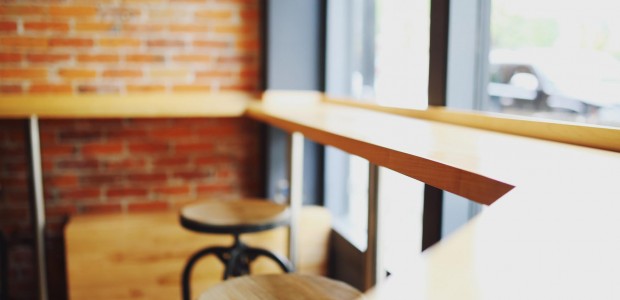WINSTON CHURCHILL knew it. Ernest Hemingway knew it. Leonardo da Vinci knew it. Every trendy office from Silicon Valley to Scandinavia now knows it too: there is virtue in working standing up. The first major benefit of using a standing desk is avoiding all of the negatives that make sitting at a desk bad for you. Check out> Correct office posture
Click through for more Health Kick tips.
Health benefits:
You burn more calories standing, and your body processes its glucose more efficiently. The first is crucial to tackling excess weight and its knock-on risks of high blood pressure and cardiovascular disease; the second is the key to avoiding diabetes. Those who sit a lot are 54% more likely to have a heart attack.
Standing is like walking: It increases energy, burns extra calories, tones muscles, improves posture, increases blood flow and ramps up metabolism.
Standing allows your body to adjust and move easily flexing your muscles continuously.
Alleviates back pain and improves the ergonomics.
Increase in your focus, alertness and activity level.
Improves your mood.
It also keeps your blood circulating well.
Keeps your blood sugar better regulated and keeps your blood pressure lower.
You burn more calories throughout the day (20%) It helps with weight loss or maintain a healthy weight.
It helps get the creative juices flowing.
Fights fatigue and improve tiredness.
Lets you livelonger.
Sedentary lifestyles increase the risk of cardiovascular disease. For people who sit most of the day, their risk of heart attack is about the same as smoking. ~ Martha Grogan, Cardiologist, Mayo Clinic
Global studies show, on average, we sit 7.7 hours a day, and some results estimate people sit up to 15 hours a day. Calculate your daily sitting time.
HOW TO GET MOVING
* All movement at work is better than no movement. Currently gaining momentum are the following ideas for active offices:
* Remove under-desk waste bins, forcing people to walk to a central rubbish/recycle bin
* Reduce availability of water-coolers or kitchenettes, forcing people to walk farther
* Encourage use of stairs instead of lifts
* Encourage people to stand up to take phone calls
* Remove chairs from meeting rooms. Or remove meeting rooms, using “bird-table” worktops to serve as meeting points instead
* Hold walking meetings outside the building
(Source: Independent)
The key is to not sit for longer than an hour at a time and if you can, take a break every 20 minutes. You’ll see dramatic results in terms of musculoskeletal pain, and also work productivity.
Studies have also shown that regular exercise does not counteract the effects of prolonged sitting. The only way to reduce or eliminate the negative impact of prolonged sitting is to not do it. Working at a standing desk will accomplish that for most people.
If you want to put that into activity levels, Dr Buckley says, then that would be the equivalent of running about 10 marathons a year. Just by standing up three or four hours in your day at work.
Like anything, it takes a while to get used to standing up to do office work. Standing for too long, or the wrong way, can cause sore feet or knees, low pack pain, stiffness in the neck and shoulders. You should relax your knees and balance your weight on both legs. Adjusting the desk so your keyboard and monitor are at the right height, and taking breaks, will help you get the most out of a stand-up desk.
We can’t all stand up at work but the researchers believe that even small adjustments, like standing while talking on the phone, going over to talk to a colleague rather than sending an email, or simply taking the stairs, will help.
The future of work is going to be in front of computers and we have to figure out a way to do that in a way that makes us healthy and happy.
Anyone use a standing workstation currently? Got any tips for newbies looking to convert?







